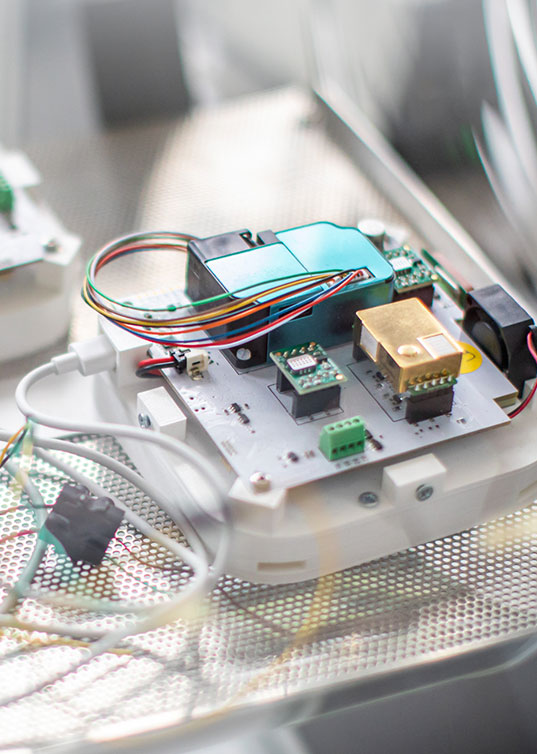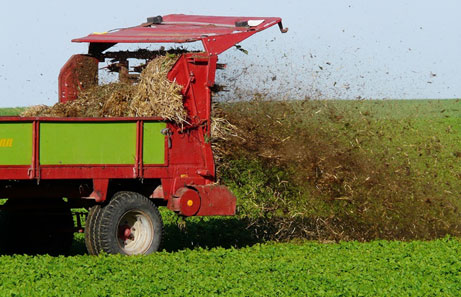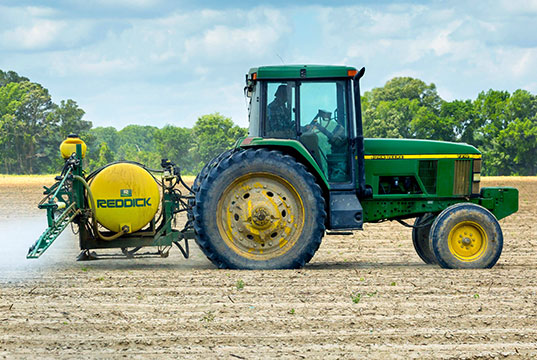With 1 in 5 deaths attributable to pollution, air quality is a real public health issue.
Measure to understand, understand to act.


The air contains hundreds of different species, most of them in very low concentrations. How can we tell them apart and quantify them?
There are analytical measurement solutions, usually deployed by air quality monitoring networks or research laboratories. These tools are generally very powerful, but very expensive and complex to use.
SENSORS are an interesting alternative. Thanks to their low cost, they can be distributed in large numbers in the field, thereby improving spatial coverage. What's more, they return data at a rapid rate, providing dynamic information in real time.
However, most sensors have a lower data quality. They tend to see ‘blurred’: poor selectivity, detection limit too high or low sensitivity. Using them without calibration or expertise is risky.
Anemon Sensors offers sensor systems whose Data Quality is assessed by comparison with reference analytical tools.
The team guides you in choosing the most suitable measurement system for your needs and supports you in interpreting your data.
Among the most impactful pollutants, ammonia is currently under the spotlight of experts.
Primarily emitted by agriculture, it can be converted into fine particles, which, by penetrating deeply into the airways, pose a significant health risk.
The issue is such that Europe has just legislated by amending Directive 2008/50/EC to make its monitoring mandatory.
In addition to agricultural sources, ammonia is also a gas widely used in various industries, particularly in fertilizer production. Ammonia is also identified as a potential green fuel, similar to hydrogen. Its use is expected to see a new rise and may contribute further to ambient air pollution.



